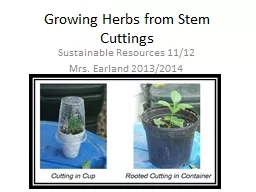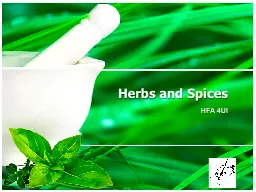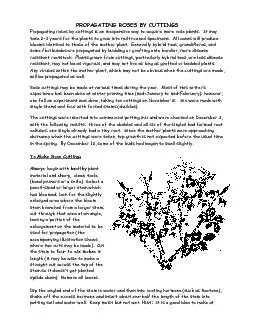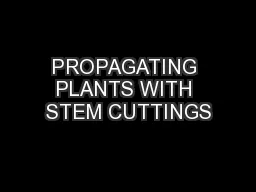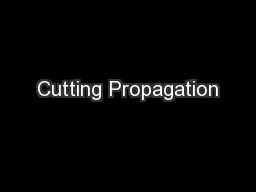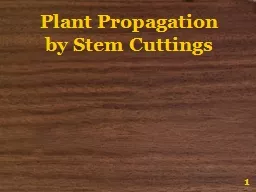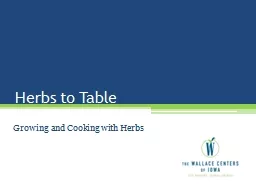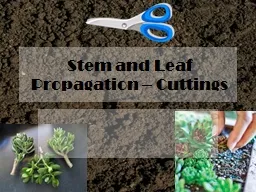PPT-Growing Herbs from Stem Cuttings
Author : mitsue-stanley | Published Date : 2016-03-13
Sustainable Resources 1112 Mrs Earland 20132014 As a human I can easily comprehend plant reproduction from seed like our own approach to procreation its sexual reproduction
Presentation Embed Code
Download Presentation
Download Presentation The PPT/PDF document "Growing Herbs from Stem Cuttings" is the property of its rightful owner. Permission is granted to download and print the materials on this website for personal, non-commercial use only, and to display it on your personal computer provided you do not modify the materials and that you retain all copyright notices contained in the materials. By downloading content from our website, you accept the terms of this agreement.
Growing Herbs from Stem Cuttings: Transcript
Download Rules Of Document
"Growing Herbs from Stem Cuttings"The content belongs to its owner. You may download and print it for personal use, without modification, and keep all copyright notices. By downloading, you agree to these terms.
Related Documents

